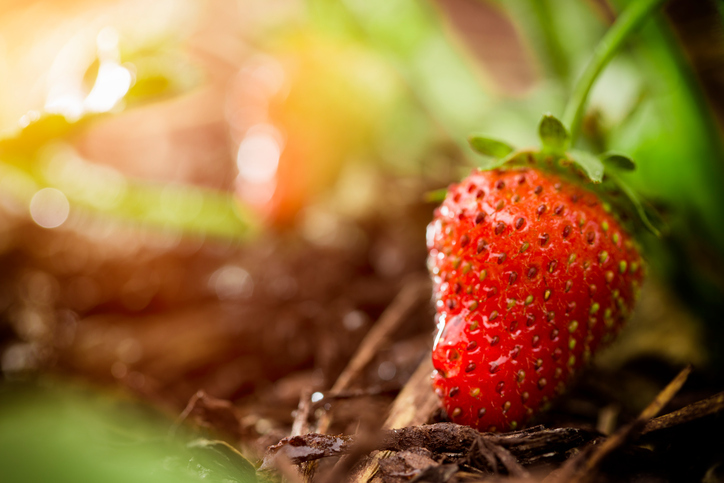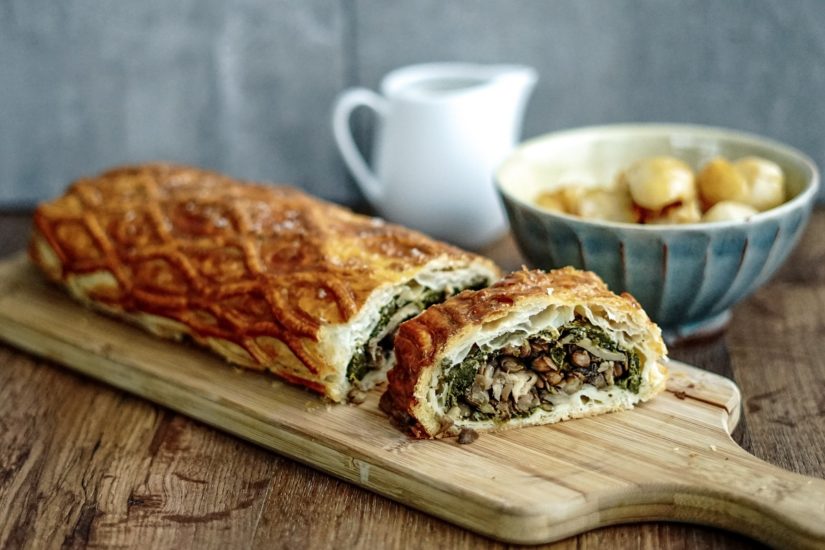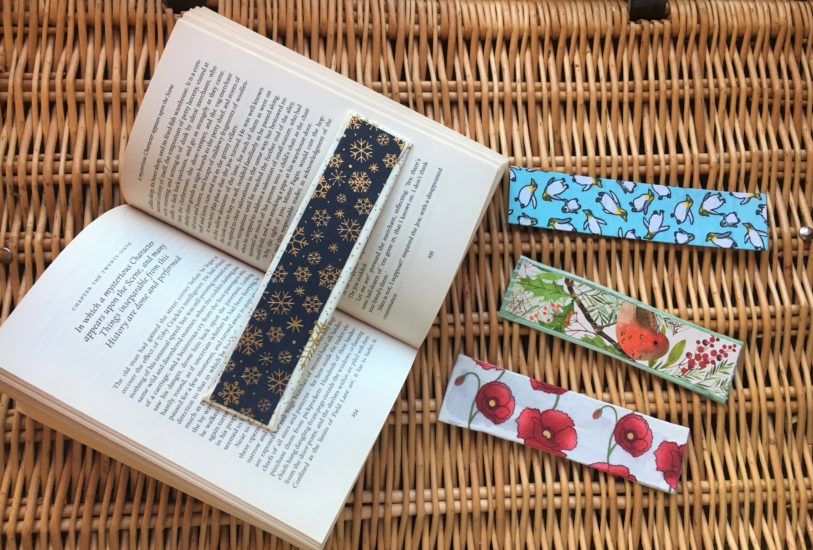
It’s summer and that means home-grown strawberries are on the menu.
A staple of Wimbledon and summer fayres, the strawberry has been a favourite for centuries, cultivated by the Romans back in 200 BC.
They’re so good for us, too. They’re over 90% water, so 100 g of strawberries contains only around 33 kcal, but those few calories pack a punch in micronutrients.
That 100 g (around 8 berries, depending on size) gives you more than your recommended daily amount of vitamin C as well as useful amounts of vitamin K, manganese, folic acid, potassium, riboflavin, vitamin B5, vitamin B6, copper, magnesium, and omega-3 fatty acids. Not bad for a little berry!
Berry good for you
Well, we say “berry” but strawberries aren’t really berries, according to botanists. Real berries are fleshy fruits without a stone that come from a single flower containing one ovary.
According to them, grapes, tomatoes, cucumbers, aubergines and bananas all count as berries – but not strawberries. Our little red friends are classed as an “accessory fruit” – the flesh is an enlarged flower receptacle and what we think of as the “seeds” around the outside are the actual fruits, or achenes, to give them their Sunday name.
And speaking of misleading games, what’s all this “straw” business? Traditionally, it was believed that the name “strawberry” came from the fact that the plant was bedded in straw. But as experts at Oxford University have pointed out, the name was around when strawberries were growing wild, and before they were grown as a crop in this country.
Some books suggest the “straw” part of the name relates to the appearance of the seeds – like little pieces of chaff or straw. The most likely explanation, though, seems to be that the berries grow wild in patches – strewn over the ground where the seeds have dropped. Or is it . . .?
Measuring fruit
Did you know that the sweetness of a strawberry can be measured? The sugar content of a fruit or vegetable is measured in degrees Brix (Bx for short). The measurement is used mainly by growers to decide whether the crop is ripe enough for picking.
Strawberries need to be around 7 degrees Brix at the beginning of the season. This year, although we had a cold start, the warm late spring meant that the crop was already at 10 degrees Brix when picking began. Sweet!
Here in the north-east of Scotland, we’re lucky to have perfect conditions for strawberry growing. The farmland around here is famous for its berries, and during the summer you’ll often find us enjoying lovely locally picked fruit from one of the nearby farms. It’s the perfect treat!




